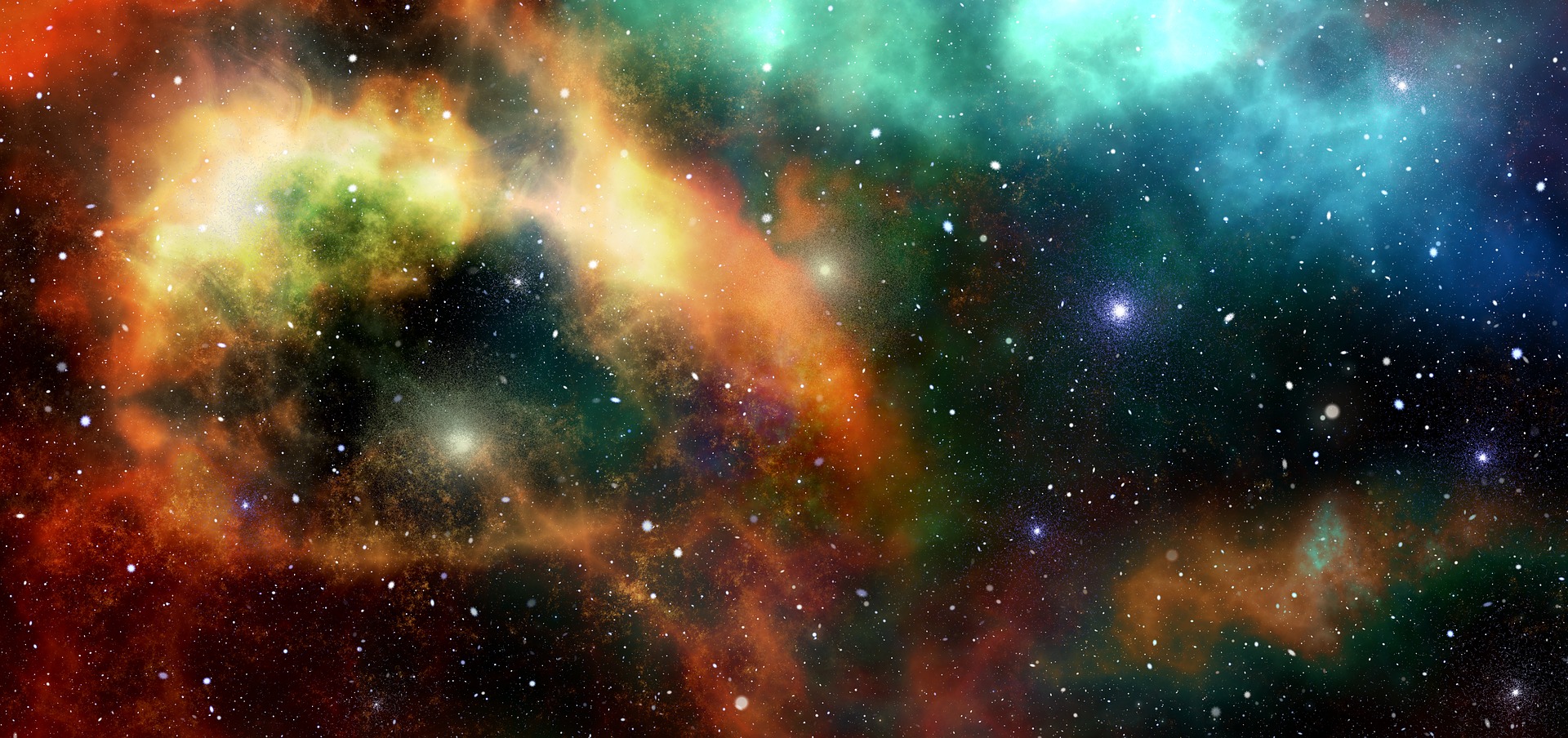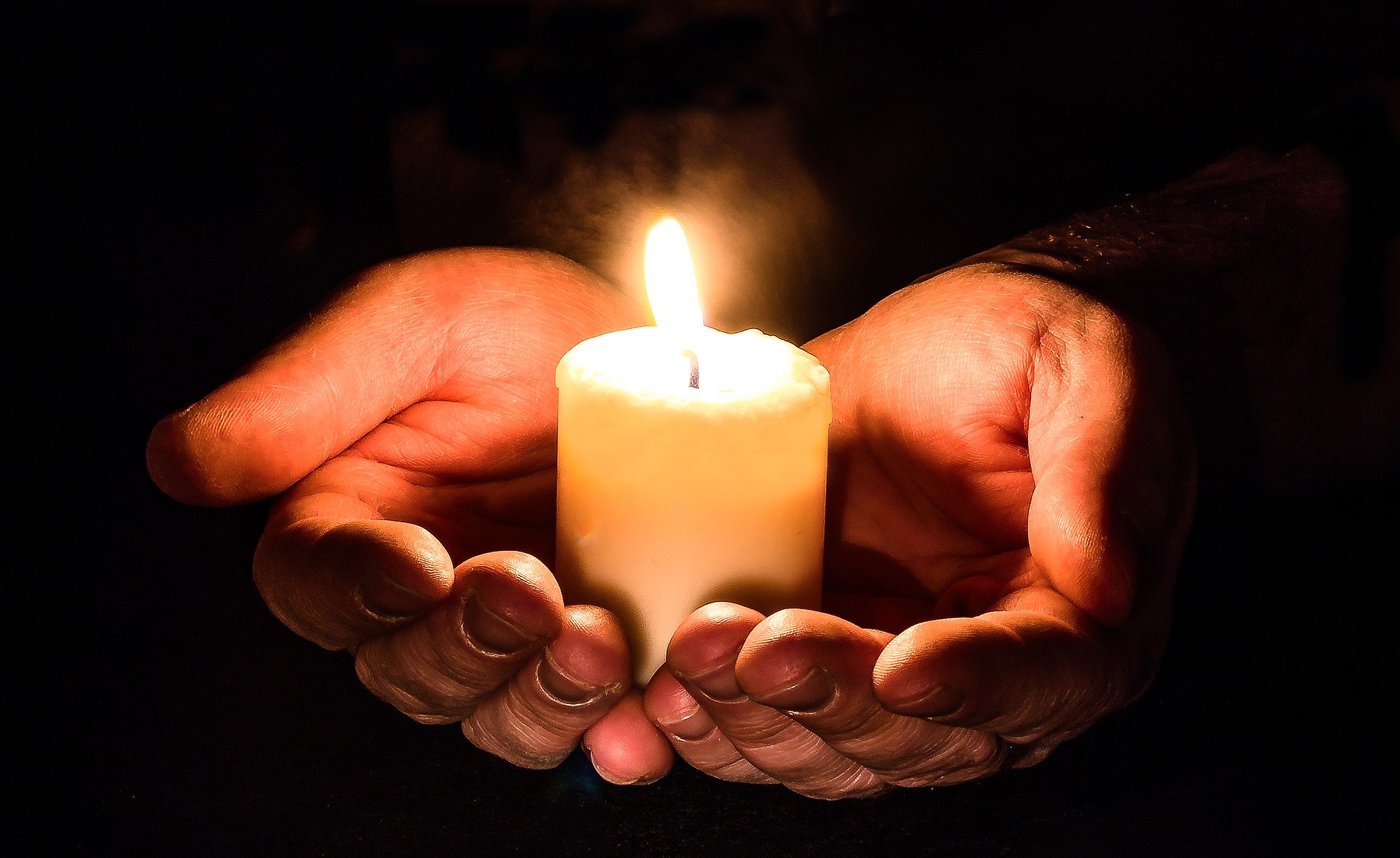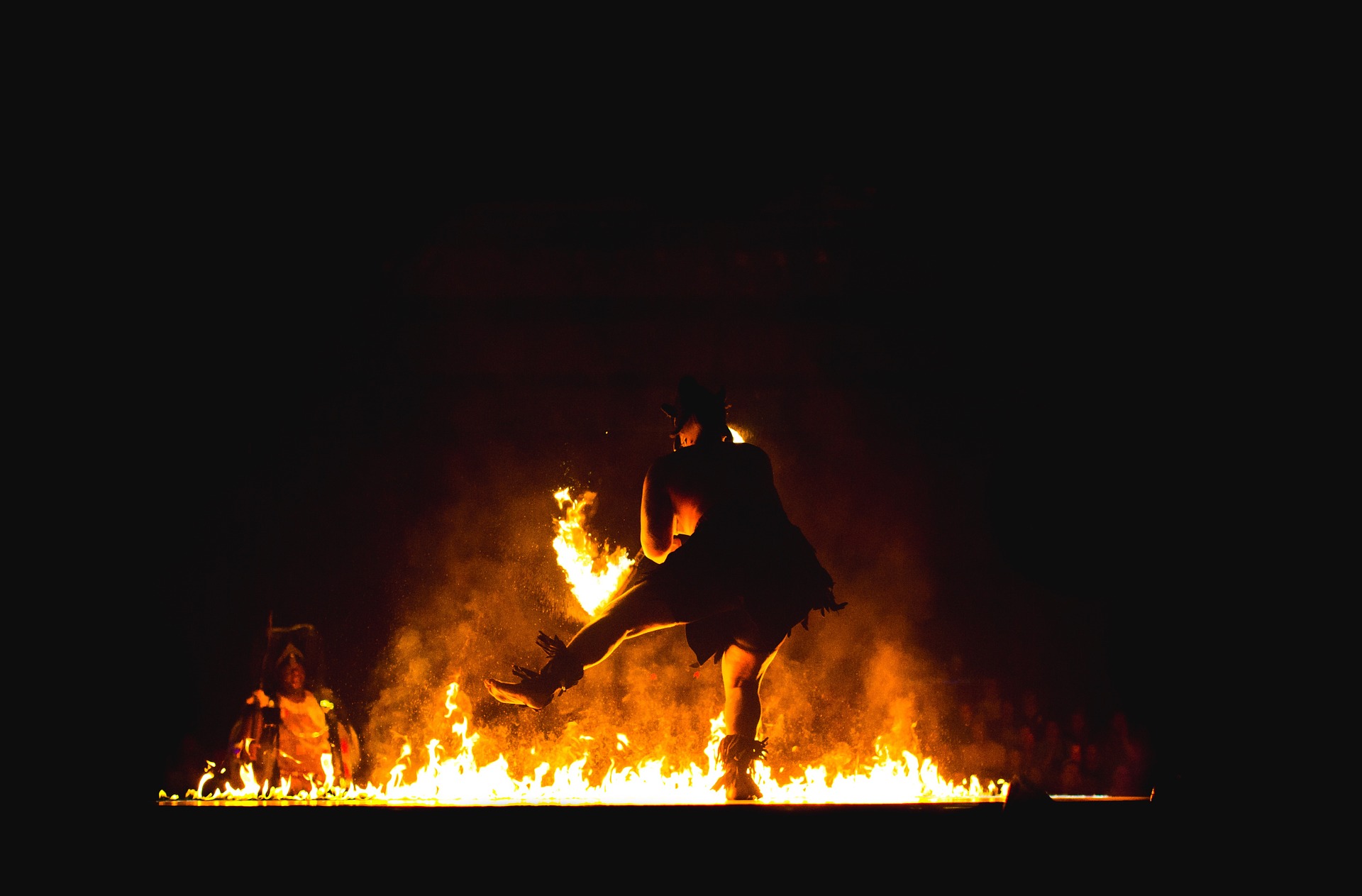These are the amazing star gazing events of 2018! This information was found and copied from this site here… http://www.seasky.org/astronomy/astronomy-calendar-current.html. This site is an amazing resource for finding out astronomical events.
-
- January 1 – Mercury at Greatest Western Elongation. This is the best time to view Mercury since it will be at its highest point above the horizon in the morning sky. Look for the planet low in the eastern sky just before sunrise.
-
- January 2 – Full Moon, Supermoon. The Moon will be located on the opposite side of the Earth as the Sun and its face will be will be fully illuminated. This full moon was known by early Native American tribes as the Full Wolf Moon because this was the time of year when hungry wolf packs howled outside their camps. This moon has also been know as the Old Moon and the Moon After Yule. This is also the first of two supermoons for 2018. The Moon will be at its closest approach to the Earth and may look slightly larger and brighter than usual.
-
- January 3, 4 – Quadrantids Meteor Shower. The Quadrantids is an above average shower, with up to 40 meteors per hour at its peak. It is thought to be produced by dust grains left behind by an extinct comet known as 2003 EH1, which was discovered in 2003.
-
- January 17 – New Moon. The Moon will located on the same side of the Earth as the Sun and will not be visible in the night sky.
-
- January 31 – Full Moon, Supermoon, Blue Moon. The Moon will be located on the opposite side of the Earth as the Sun and its face will be will be fully illuminated. Since this is the second full moon in the same month, it is sometimes referred to as a blue moon. This is also the last of two supermoons for 2018.
-
- January 31 – Total Lunar Eclipse. A total lunar eclipse occurs when the Moon passes completely through the Earth’s dark shadow, or umbra.
-
- February 15 – New Moon. The Moon will located on the same side of the Earth as the Sun and will not be visible in the night sky.
-
- February 15 – Partial Solar Eclipse. A partial solar eclipse occurs when the Moon covers only a part of the Sun, sometimes resembling a bite taken out of a cookie. A partial solar eclipse can only be safely observed with a special solar filter or by looking at the Sun’s reflection.
-
- March 2 – Full Moon. The Moon will be located on the opposite side of the Earth as the Sun and its face will be will be fully illuminated. This full moon was known by early Native American tribes as the Full Worm Moon because this was the time of year when the ground would begin to soften and the earthworms would reappear. This moon has also been known as the Full Crow Moon, the Full Crust Moon, the Full Sap Moon, and the Lenten Moon.
-
- March 15 – Mercury at Greatest Eastern Elongation. The planet Mercury reaches greatest eastern elongation of 18.4 degrees from the Sun. This is the best time to view Mercury since it will be at its highest point above the horizon in the evening sky. Look for the planet low in the western sky just after sunset.
-
- March 17 – New Moon. The Moon will located on the same side of the Earth as the Sun and will not be visible in the night sky.
-
- March 20 – March Equinox.
-
- March 31 – Full Moon, Blue Moon. The Moon will be located on the opposite side of the Earth as the Sun and its face will be will be fully illuminated. Since this is the second full moon in the same month, it is sometimes referred to as a blue moon. This year is particularly unique in that January and March both contain two full moons while February has no full moon.
-
- April 16 – New Moon. The Moon will located on the same side of the Earth as the Sun and will not be visible in the night sky.
-
- April 22, 23 – Lyrids Meteor Shower. The Lyrids is an average shower, usually producing about 20 meteors per hour at its peak. It is produced by dust particles left behind by comet C/1861 G1 Thatcher, which was discovered in 1861.
-
- April 29 – Mercury at Greatest Western Elongation. The planet Mercury reaches greatest western elongation of 27 degrees from the Sun. This is the best time to view Mercury since it will be at its highest point above the horizon in the morning sky. Look for the planet low in the eastern sky just before sunrise.
-
- April 30 – Full Moon. The Moon will be located on the opposite side of the Earth as the Sun and its face will be will be fully illuminated. This full moon was known by early Native American tribes as the Full Pink Moon because it marked the appearance of the moss pink, or wild ground phlox, which is one of the first spring flowers. This moon has also been known as the Sprouting Grass Moon, the Growing Moon, and the Egg Moon. Many coastal tribes called it the Full Fish Moon because this was the time that the shad swam upstream to spawn.
-
- May 6, 7 – Eta Aquarids. The Eta Aquarids is an above average shower, capable of producing up to 60 meteors per hour at its peak. Most of the activity is seen in the Southern Hemisphere. In the Northern Hemisphere, the rate can reach about 30 meteors per hour. It is produced by dust particles left behind by comet Halley, which has known and observed since ancient times.
-
- May 9 – Jupiter at Opposition. The giant planet will be at its closest approach to Earth and its face will be fully illuminated by the Sun.
-
- May 15 – New Moon. The Moon will located on the same side of the Earth as the Sun and will not be visible in the night sky.
-
- May 29 – Full Moon. The Moon will be located on the opposite side of the Earth as the Sun and its face will be will be fully illuminated. This full moon was known by early Native American tribes as the Full Flower Moon because this was the time of year when spring flowers appeared in abundance. This moon has also been known as the Full Corn Planting Moon and the Milk Moon.
-
- June 13 – New Moon. The Moon will located on the same side of the Earth as the Sun and will not be visible in the night sky.
-
- June 21 – June Solstice.
-
- June 27 – Saturn at Opposition. The ringed planet will be at its closest approach to Earth and its face will be fully illuminated by the Sun.
-
- June 28 – Full Moon. The Moon will be located on the opposite side of the Earth as the Sun and its face will be will be fully illuminated. This full moon was known by early Native American tribes as the Full Strawberry Moon because it signaled the time of year to gather ripening fruit. It also coincides with the peak of the strawberry harvesting season. This moon has also been known as the Full Rose Moon and the Full Honey Moon.
-
- July 12 – Mercury at Greatest Eastern Elongation. The planet Mercury reaches greatest eastern elongation of 26.4 degrees from the Sun.
-
- July 13 – New Moon. The Moon will located on the same side of the Earth as the Sun and will not be visible in the night sky.
-
- July 13 – Partial Solar Eclipse. A partial solar eclipse occurs when the Moon covers only a part of the Sun, sometimes resembling a bite taken out of a cookie. A partial solar eclipse can only be safely observed with a special solar filter or by looking at the Sun’s reflection.
-
- July 27 – Full Moon. The Moon will be located on the opposite side of the Earth as the Sun and its face will be will be fully illuminated. This full moon was known by early Native American tribes as the Full Buck Moon because the male buck deer would begin to grow their new antlers at this time of year. This moon has also been known as the Full Thunder Moon and the Full Hay Moon.
-
- July 27 – Total Lunar Eclipse. A total lunar eclipse occurs when the Moon passes completely through the Earth’s dark shadow, or umbra.
-
- July 27 – Mars at Opposition. The red planet will be at its closest approach to Earth and its face will be fully illuminated by the Sun.
-
- July 28, 29 – Delta Aquarids Meteor Shower. The Delta Aquarids is an average shower that can produce up to 20 meteors per hour at its peak. It is produced by debris left behind by comets Marsden and Kracht.
-
- August 11 – New Moon. The Moon will located on the same side of the Earth as the Sun and will not be visible in the night sky.
-
- August 11 – Partial Solar Eclipse. A partial solar eclipse occurs when the Moon covers only a part of the Sun, sometimes resembling a bite taken out of a cookie. A partial solar eclipse can only be safely observed with a special solar filter or by looking at the Sun’s reflection.
-
- August 12, 13 – Perseids Meteor Shower. The Perseids is one of the best meteor showers to observe, producing up to 60 meteors per hour at its peak. It is produced by comet Swift-Tuttle, which was discovered in 1862.
-
- August 17 – Venus at Greatest Eastern Elongation. The planet Venus reaches greatest eastern elongation of 45.9 degrees from the Sun.
-
- August 26 – Full Moon. The Moon will be located on the opposite side of the Earth as the Sun and its face will be will be fully illuminated. This full moon was known by early Native American tribes as the Full Sturgeon Moon because the large sturgeon fish of the Great Lakes and other major lakes were more easily caught at this time of year. This moon has also been known as the Green Corn Moon and the Grain Moon.
-
- August 26 – Mercury at Greatest Western Elongation. The planet Mercury reaches greatest western elongation of 18.3 degrees from the Sun.
-
- September 7 – Neptune at Opposition. The blue giant planet will be at its closest approach to Earth and its face will be fully illuminated by the Sun.
-
- September 9 – New Moon. The Moon will located on the same side of the Earth as the Sun and will not be visible in the night sky.
-
- September 23 – September Equinox.
-
- September 25 – Full Moon. The Moon will be located on the opposite side of the Earth as the Sun and its face will be will be fully illuminated. This full moon was known by early Native American tribes as the Full Corn Moon because the corn is harvested around this time of year. This moon is also known as the Harvest Moon. The Harvest Moon is the full moon that occurs closest to the September equinox each year.
-
- October 8 – Draconids Meteor Shower. The Draconids is a minor meteor shower producing only about 10 meteors per hour. It is produced by dust grains left behind by comet 21P Giacobini-Zinner, which was first discovered in 1900.
-
- October 9 – New Moon. The Moon will located on the same side of the Earth as the Sun and will not be visible in the night sky.
-
- October 21, 22 – Orionids Meteor Shower. The Orionids is an average shower producing up to 20 meteors per hour at its peak. It is produced by dust grains left behind by comet Halley, which has been known and observed since ancient times.
-
- October 23 – Uranus at Opposition. The blue-green planet will be at its closest approach to Earth and its face will be fully illuminated by the Sun.
-
- October 24 – Full Moon. The Moon will be located on the opposite side of the Earth as the Sun and its face will be will be fully illuminated. This full moon was known by early Native American tribes as the Full Hunters Moon because at this time of year the leaves are falling and the game is fat and ready to hunt. This moon has also been known as the Travel Moon and the Blood Moon.
-
- November 5, 6 – Taurids Meteor Shower. The Taurids is a long-running minor meteor shower producing only about 5-10 meteors per hour. It is unusual in that it consists of two separate streams. The first is produced by dust grains left behind by Asteroid 2004 TG10. The second stream is produced by debris left behind by Comet 2P Encke.
-
- November 6 – Mercury at Greatest Eastern Elongation. The planet Mercury reaches greatest eastern elongation of 23.3 degrees from the Sun.
-
- November 7 – New Moon. The Moon will located on the same side of the Earth as the Sun and will not be visible in the night sky.
-
- November 17, 18 – Leonids Meteor Shower. The Leonids is an average shower, producing up to 15 meteors per hour at its peak. This shower is unique in that it has a cyclonic peak about every 33 years where hundreds of meteors per hour can be seen. That last of these occurred in 2001.
-
- November 23 – Full Moon. The Moon will be located on the opposite side of the Earth as the Sun and its face will be will be fully illuminated. This full moon was known by early Native American tribes as the Full Beaver Moon because this was the time of year to set the beaver traps before the swamps and rivers froze. It has also been known as the Frosty Moon and the Hunter’s Moon.
-
- December 7 – New Moon. The Moon will located on the same side of the Earth as the Sun and will not be visible in the night sky.
-
- December 13, 14 – Geminids Meteor Shower. The Geminids is the king of the meteor showers. It is considered by many to be the best shower in the heavens, producing up to 120 multicolored meteors per hour at its peak. It is produced by debris left behind by an asteroid known as 3200 Phaethon, which was discovered in 1982.
-
- December 15 – Mercury at Greatest Western Elongation. The planet Mercury reaches greatest western elongation of 21.3 degrees from the Sun.
-
- December 21 – December Solstice.
-
- December 22 – Full Moon. The Moon will be located on the opposite side of the Earth as the Sun and its face will be will be fully illuminated.
-
- December 21, 22 – Ursids Meteor Shower. The Ursids is a minor meteor shower producing about 5-10 meteors per hour. It is produced by dust grains left behind by comet Tuttle, which was first discovered in 1790.





